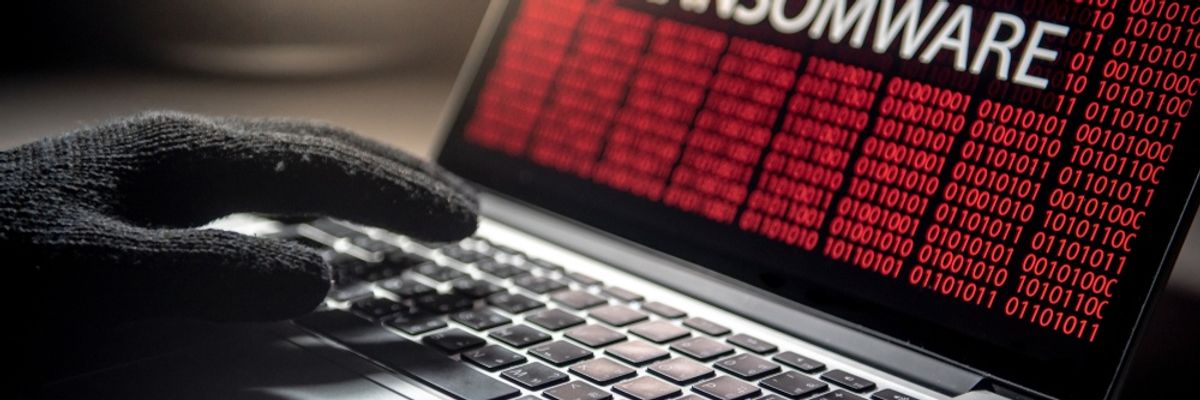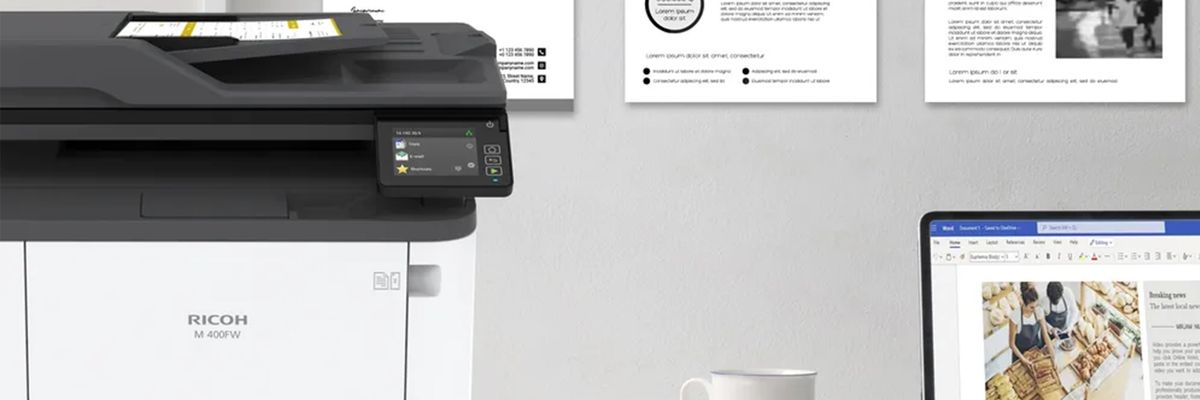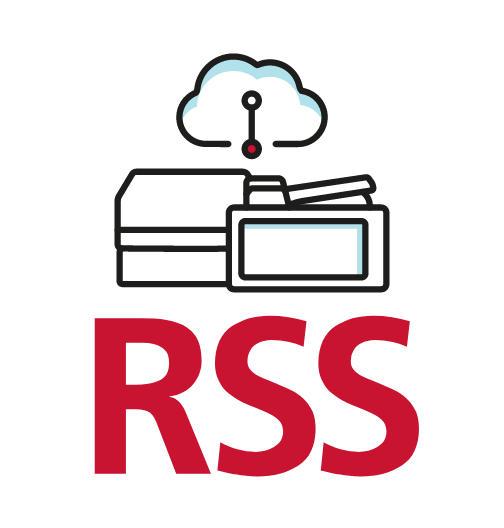
Hybrid working is here to stay: but how to equip the company and the employee's home?
Hybrid working is here to stay. According to research by Korn Ferry, a global human resources consultancy, 78% of companies have already adopted this system or intend to do so. But this new reality still raises a number of questions not only for company employees, but also for members of their management and, in particular, worries IT managers
Por Giancarlo Ghirotti, CEO da Ricoh Brasil*
Hybrid working is here to stay. According to a survey by Korn Ferry, a global human resources consultancy, 78% of companies have already adopted this system or intend to adopt it. But this new reality still raises some questions not only for company employees, but also for members of their management and, in particular, concerns IT managers. there are many questions about, for example, how to ensure the security of company information accessed at the employee's home (or wherever he is), how to maintain team productivity working outside the office, and what are the best resources for holding meetings in which people participate from different locations (and from different cities, states, and countries, many times).
All these issues need to be addressed, and they involve, as we have seen, different actors in the world of work. But one thing is clear: technology is the gateway that will facilitate the functioning of hybrid work. In this understanding, the question is: how to ensure that all this works, without diverting IT areas from their main focus, which is to innovate and develop solutions for the business of each company?
Certainly, the best answer to this challenge is to seek the support of companies specialized in creating and managing these hybrid solutions, which can transparently and intelligently unite documents, processes, and people, between the physical and digital worlds. [Disclaimer: Ricoh, the company I chair in Brazil, is one of these companies dedicated to delivering all this equipment and solutions, integrated, in the form appropriate to the reality of each company]. But let's tackle these issues, starting with an antecedent question.
Capex or Opex?
At the beginning of the pandemic and with the emergency of having to transfer all employees to work from home, many companies made large investments in the purchase of devices such as notebooks and printers, in addition to running after security in accessing corporate information.
After this moment, many IT managers have realized that this may not be the most appropriate solution either from an operational point of view, much less from an economic point of view. In other words, equipping remote work and connecting it with the physical office is something that can be done better and more efficiently with Opex, rather than the traditional Capex investment. Hence the popularization of the concept of XaaS (Everything As A Service).
The reason for this growth of "as a service" is based, as we said, on many factors. From an operational point of view, especially for the IT professional in companies, the understanding is fluid: it is more agile and safer to hire a partner specialized in the segment than to have to learn, train, manage, and support people to do it. In this sense, the provision of devices, printers (and their maintenance), security systems to prevent virtual attacks, document and equipment management, and connections to meeting rooms equipped for remote participation is done with much more efficiency (including economic) and flexibility by specialized companies. And all this can be delivered as a managed service, without the need for investment in equipment, software, and connection media. In other words, freeing up companies' investment capacity for use in their business, and in their client.
Talking about information security in the employee's remote environment, the largest companies generally already have a structure and rules for VPN, compliance, and information security. However specialized companies can add an additional layer, including auditing whether this governance is being met. It works as a "double-check". In the case of medium-sized companies, it is necessary to look for those who help them to have a strategy and adopt information security management tools, including taking care of compliance with the LGPD. Imagine a small or medium-sized company that, often with its employees working from home or a small office, does things like offering payroll loans or rural credit, for example. In this case, it is necessary to protect not only the company's data but also the information of its customers.
Moving on from security to practicality. First, you need to equip your employees' homes with simple-to-operate and smart equipment, such as multifunction printers with scanners - but adopting effective management systems that allow you to both warn in advance and remotely when paper or toner tends to run out, and control authorized access to documents and consumption of materials. It is also essential to provide 24/7 assistance. This service should be considered for all equipment provided by the company to its employees, from multifunction printers to computers, including cell phones, tablets, etc.
Specialized assistance is essential not only to remotely access the devices in use by the employee and solve problems but even for more trivial things, such as controlling the expiration of software licenses - remembering that it is very common for these licenses to have different expirations, usually according to the date the person joined the company. The second point is to provide remote access to corporate documents and folders, safely and conveniently. For this, intelligent document management software and the adoption of cloud-managed solutions are key points.
What about socializing the employee with the company culture?
We have finally reached the need, in the era of hybrid work, to hold meetings with people participating in person, and others remotely - wherever they are. We know that company culture is the magma that unites employees with the company's purpose. We are used to sharing this in person, but... how do we bring together the conditions for this exchange of cultures to flow in the hybrid environment?
This perception of distance can be reduced with meeting room solutions prepared for a good connection experience between different environments. Everything must be carefully planned with the users' experience in mind, both those who will be physically operating the meeting and those who will attend remotely: adequate cameras, special microphones, responsive screens, correct spaces, adequate software, and networks are part of the list of needs for the re-engineering of modern corporate communication.
Once this is defined, the next challenge is to install and maintain videoconferencing rooms. It sounds trivial but, contrary to what one might imagine, it is not just about having the best screens and projectors and a good connection. It is important to reinforce that the users' experience is directly proportional to the efficiency of the hybrid meeting. In this sense, planning is needed in the design, management, and support of the operation, so as not to fail in issues such as audio, and video capture, integration with different devices (notebooks, tablets, smartphones, desktops, etc.), and the ability to adapt to various communication and collaboration systems such as Microsoft Teams, Zoom, Google Meet, among others.
In short, hybrid work is an advance for the quality of life of employees and their families, with great potential for productivity gains, and contributes to the reduction of carbon emissions generated by land and air travel. But if the new system is not managed well, by specialized service providers, it can turn the lives of employees and IT teams into chaos -- and pose a high risk to corporations.
For more information, visit: https://www.ricoh-americalatina.com/pt














